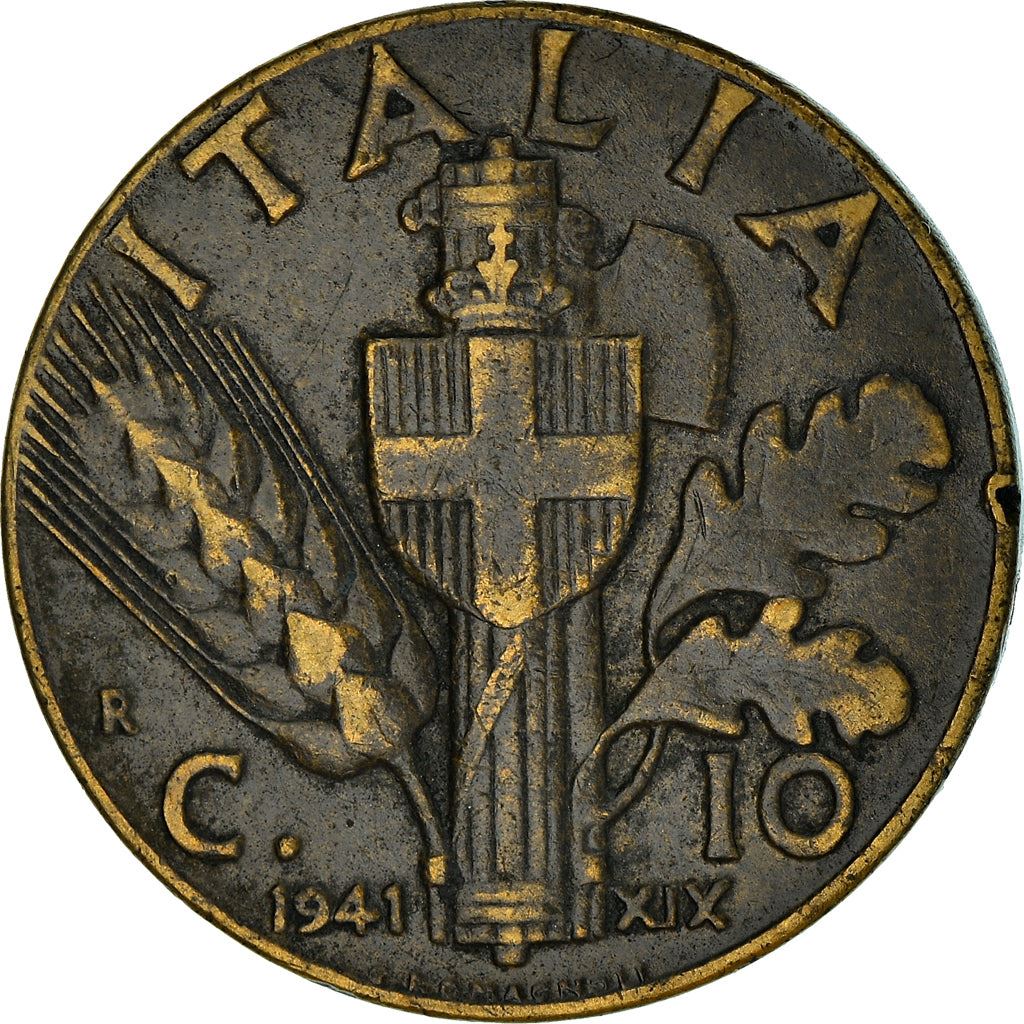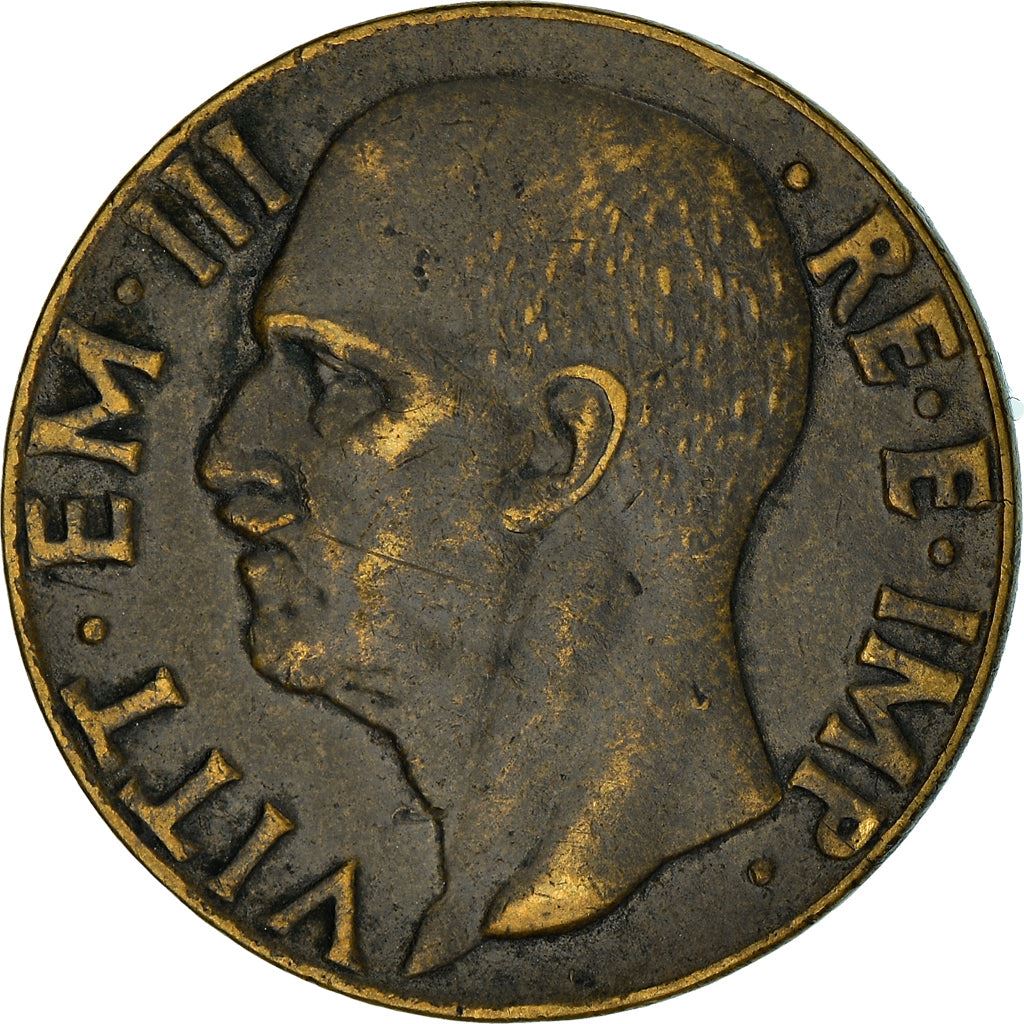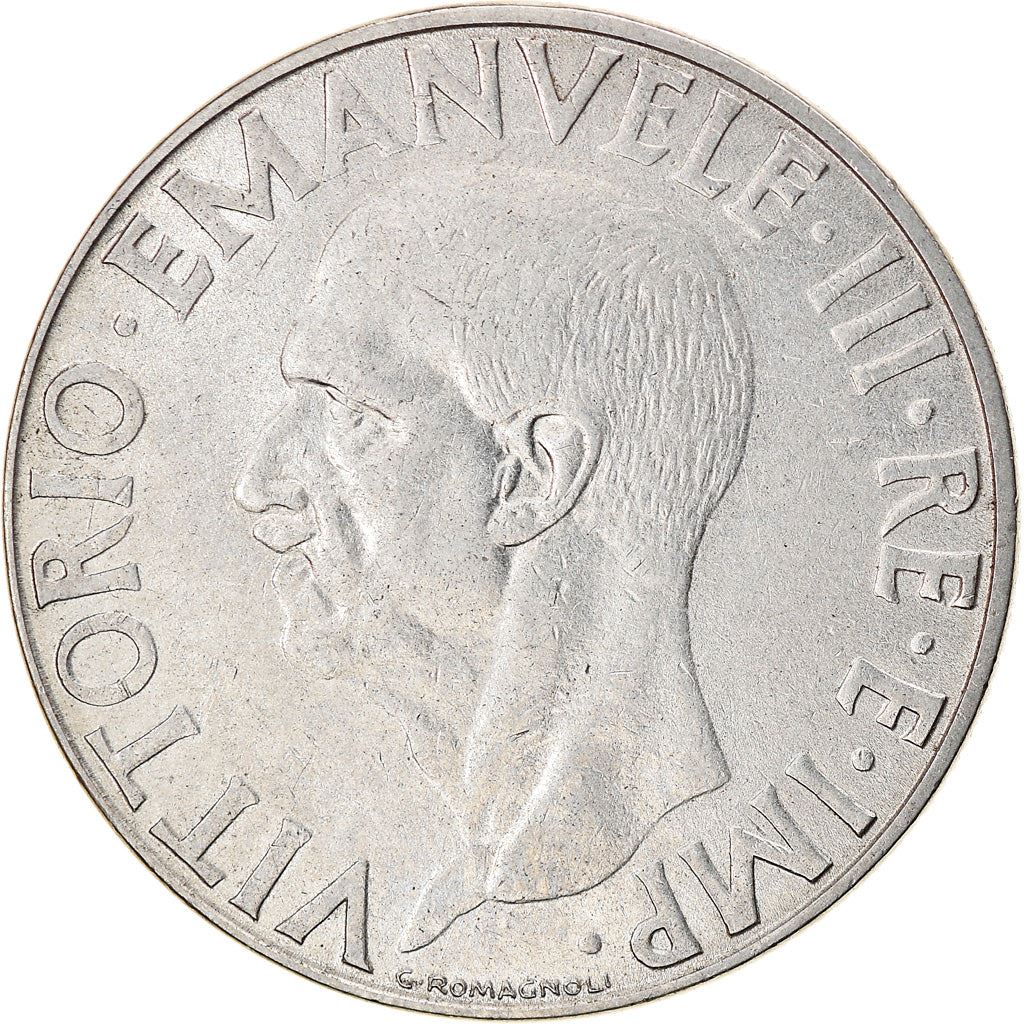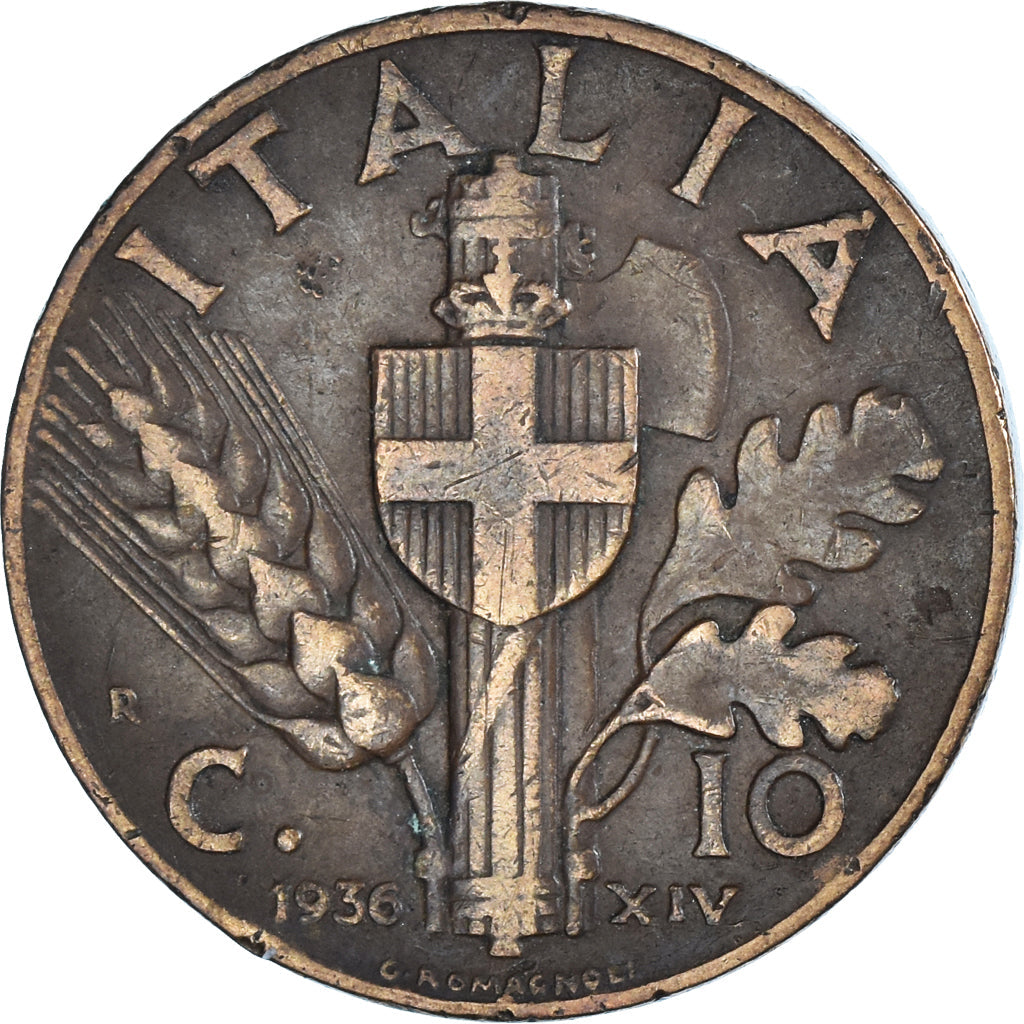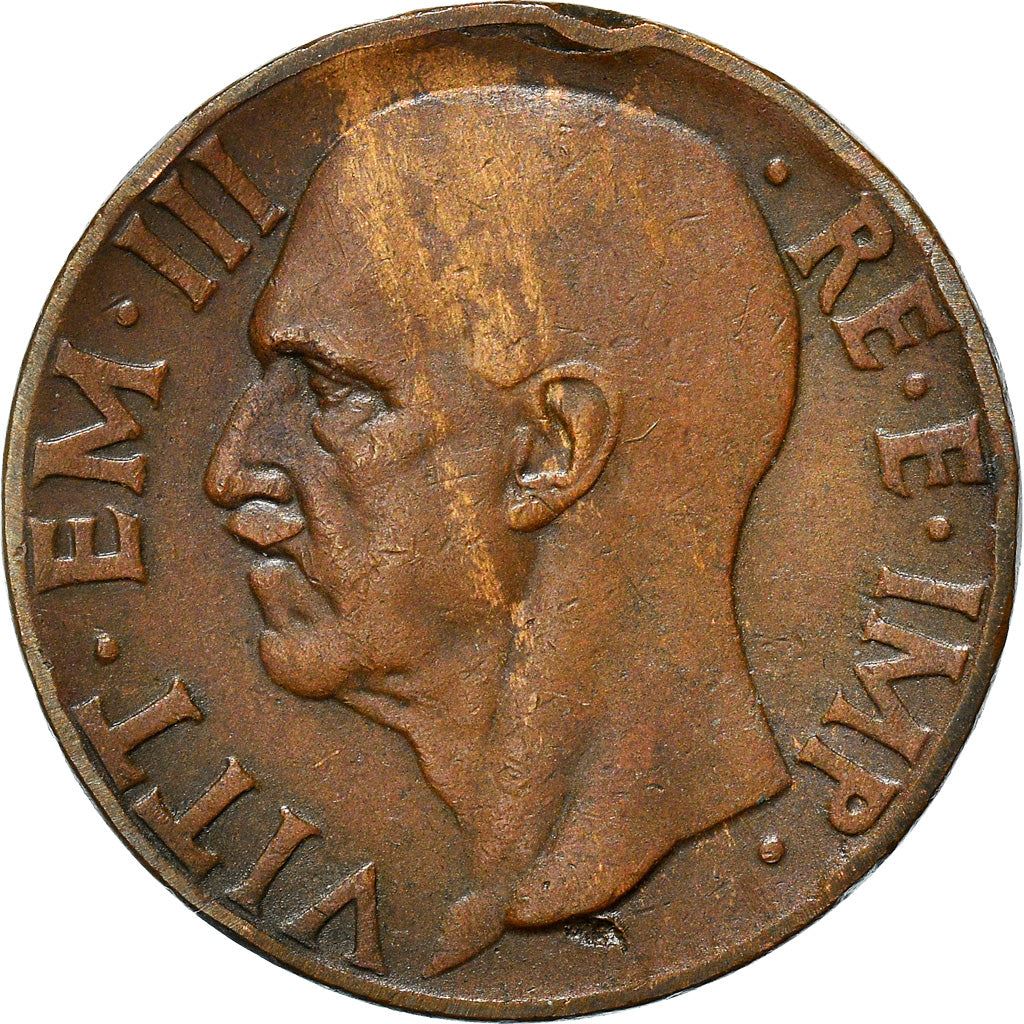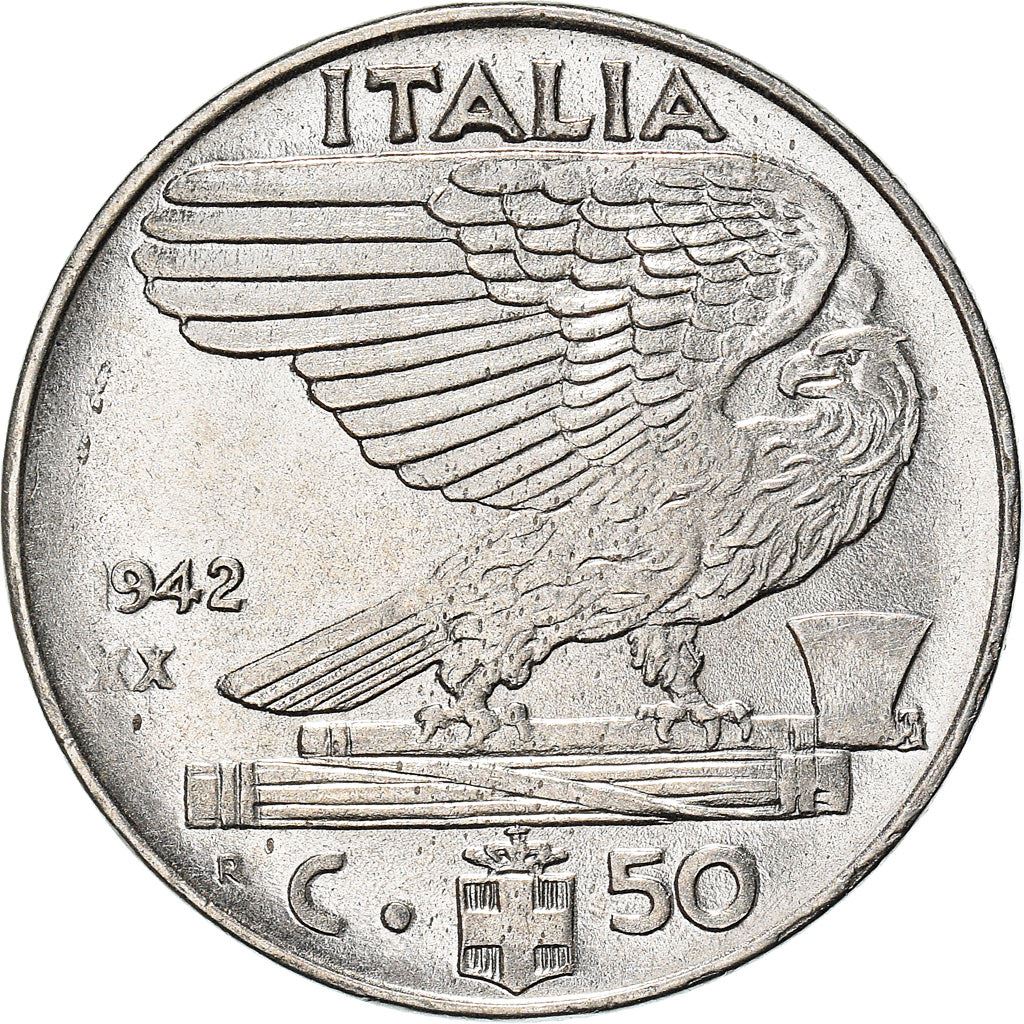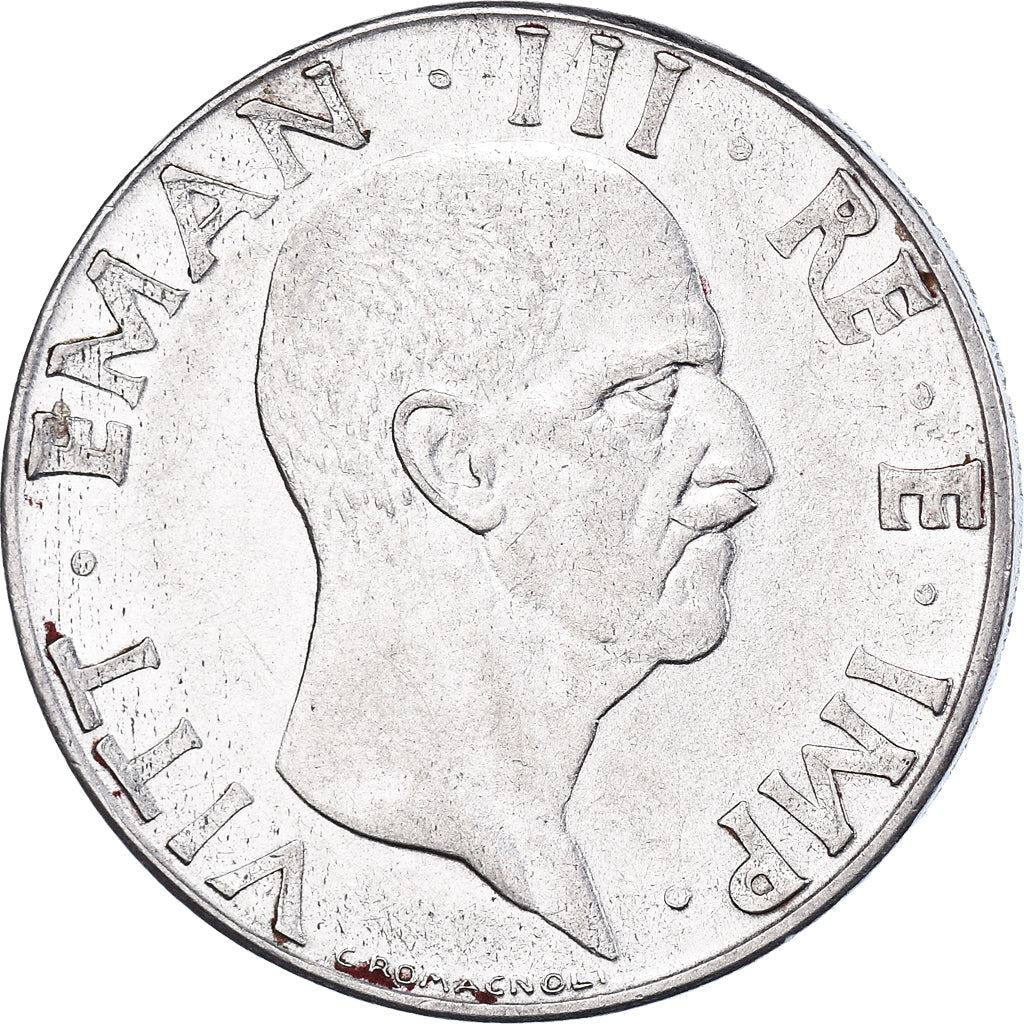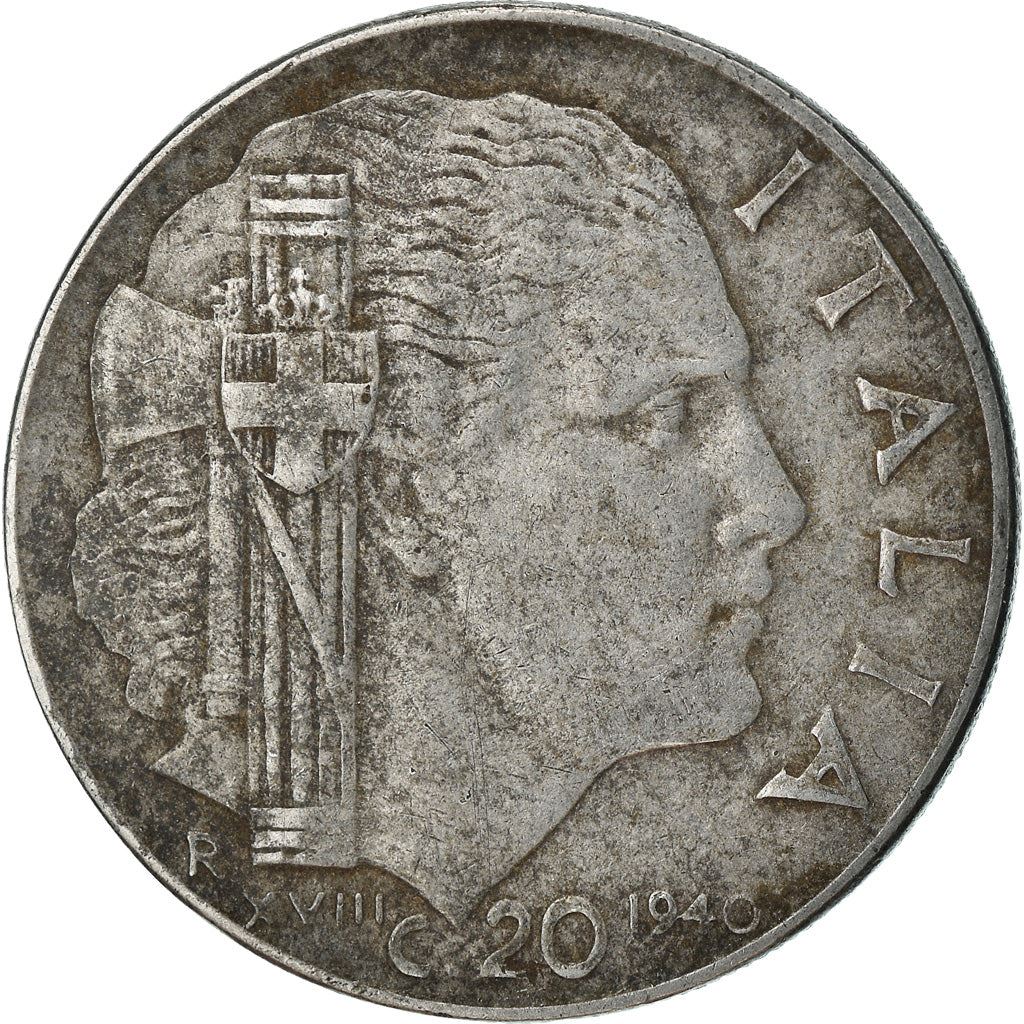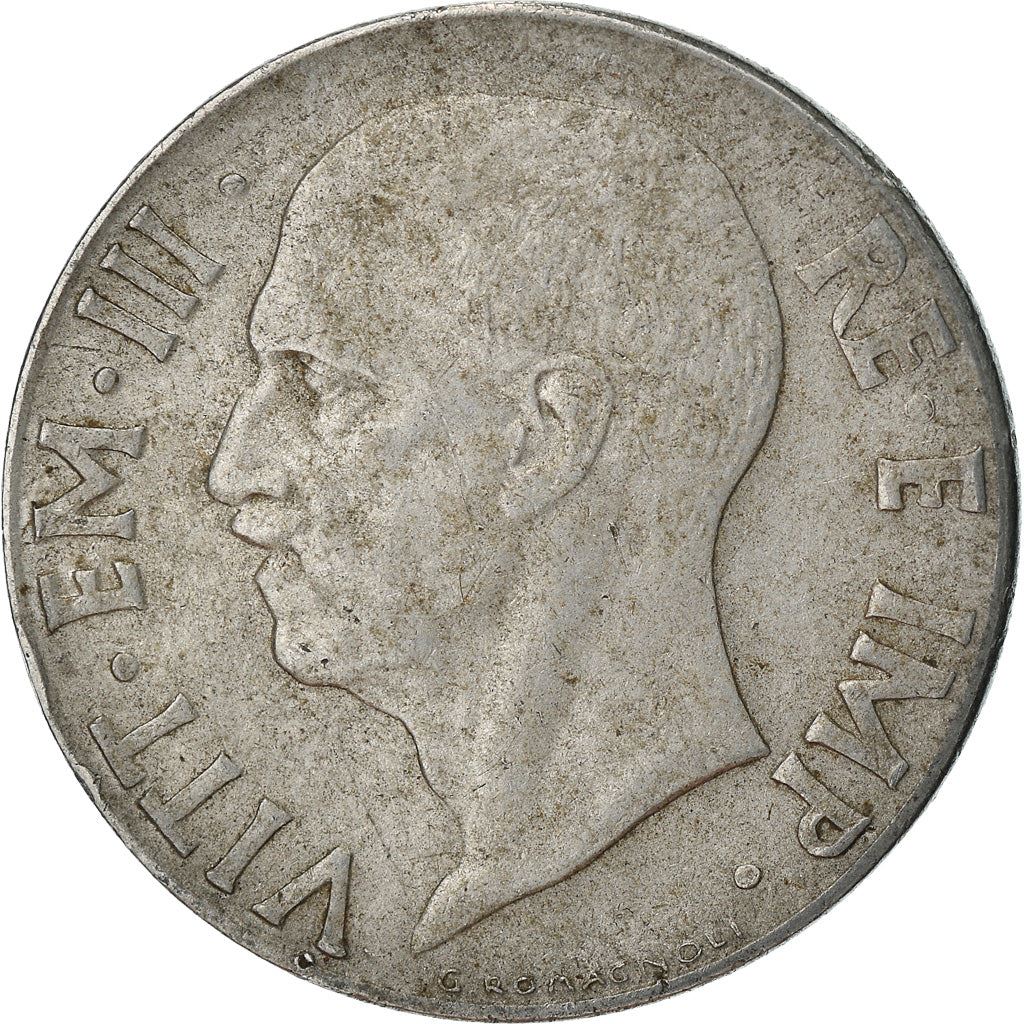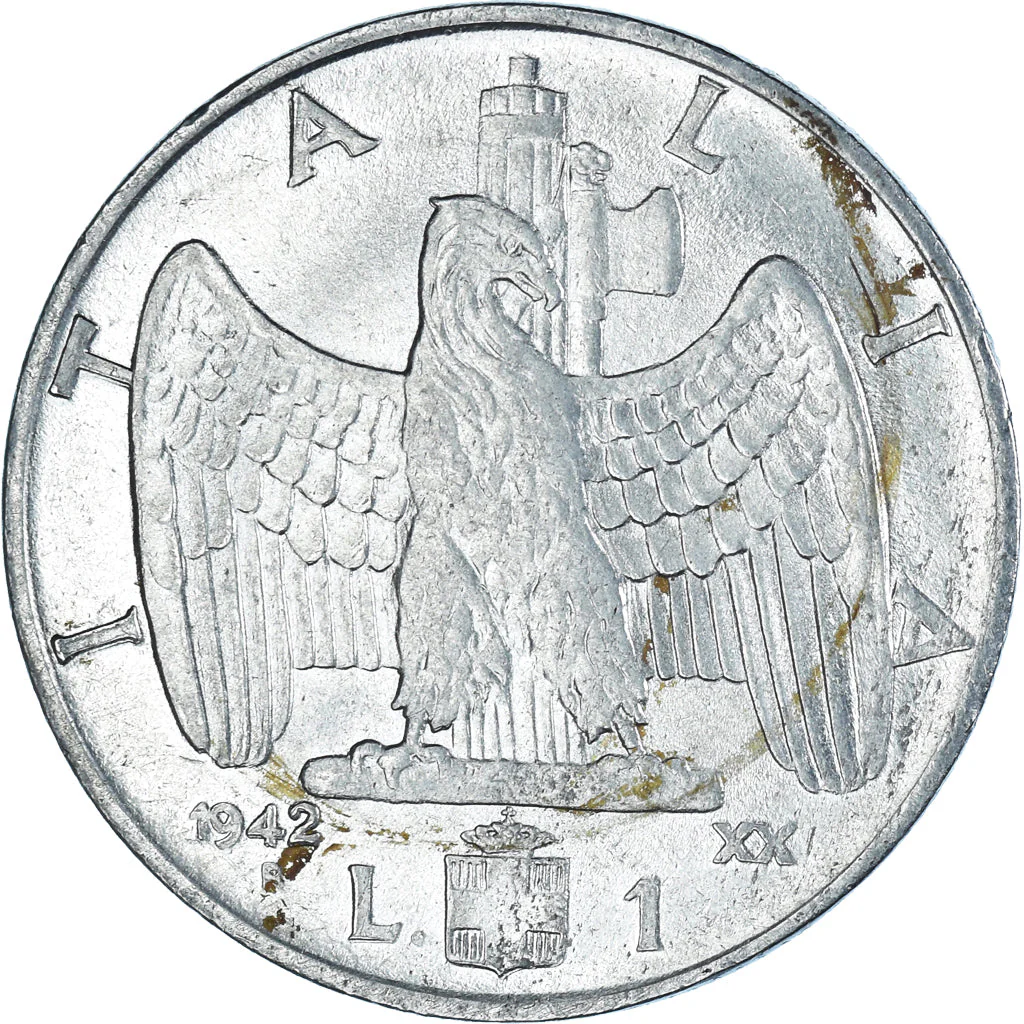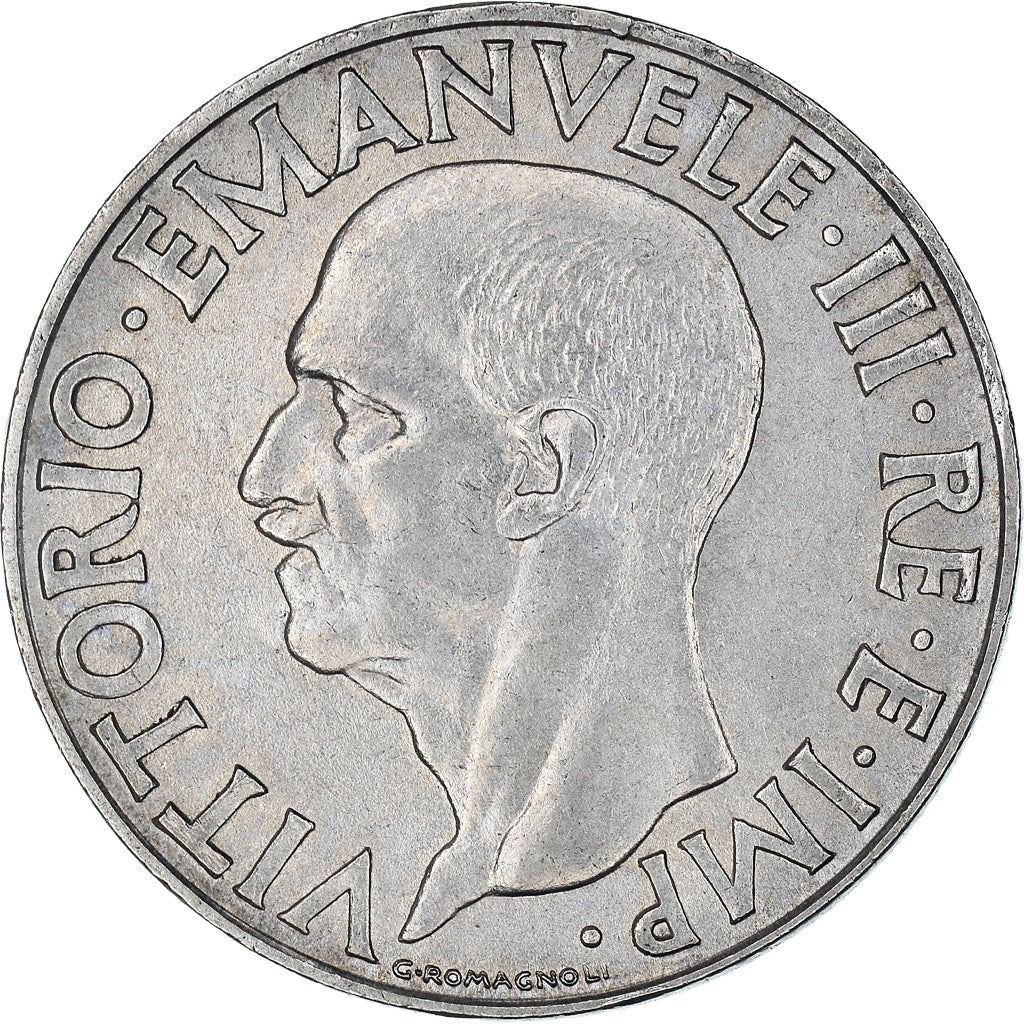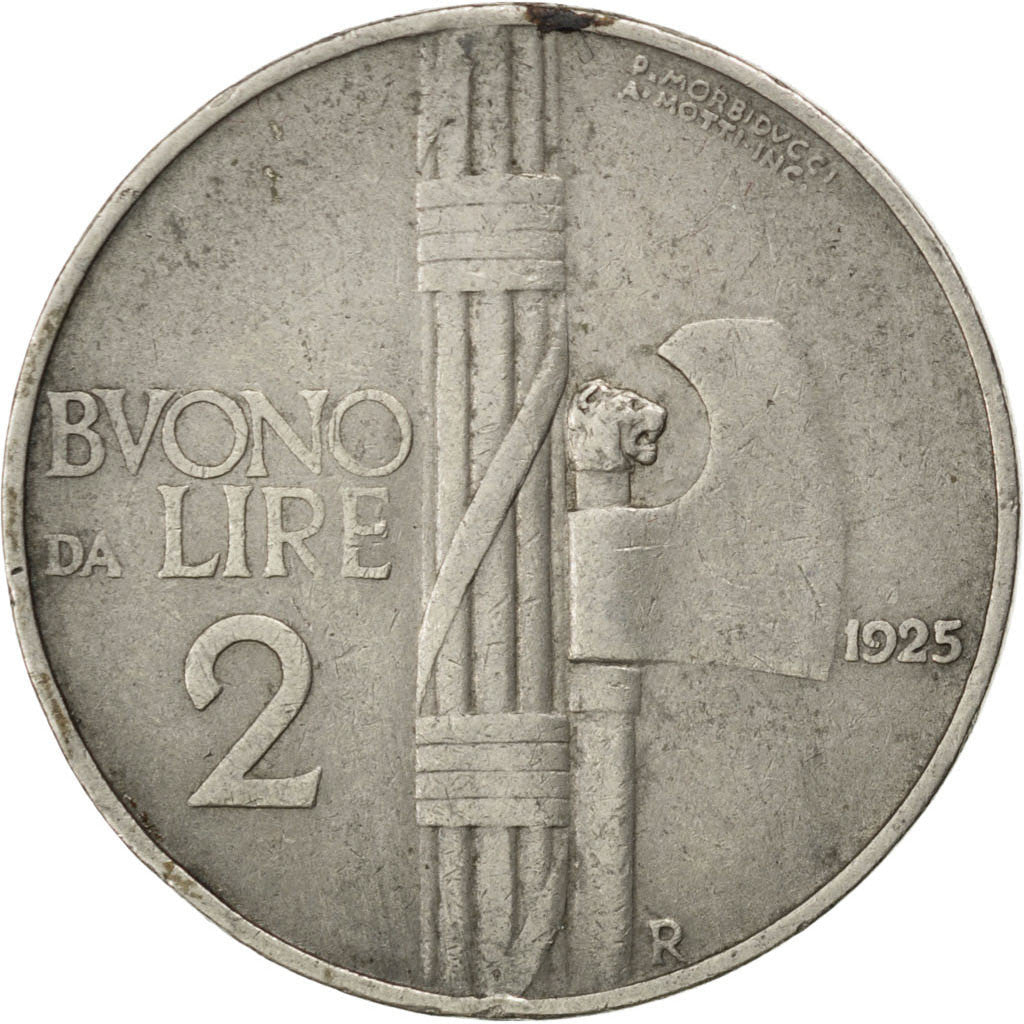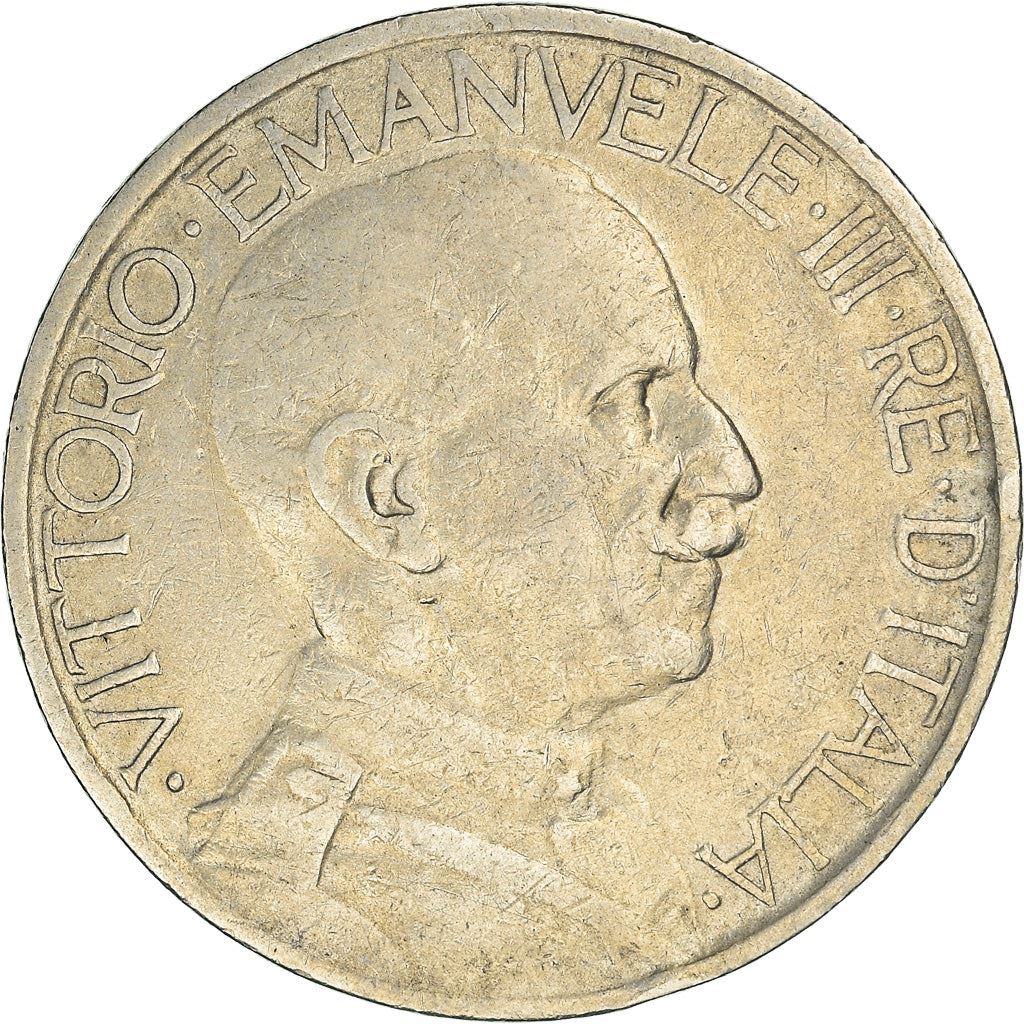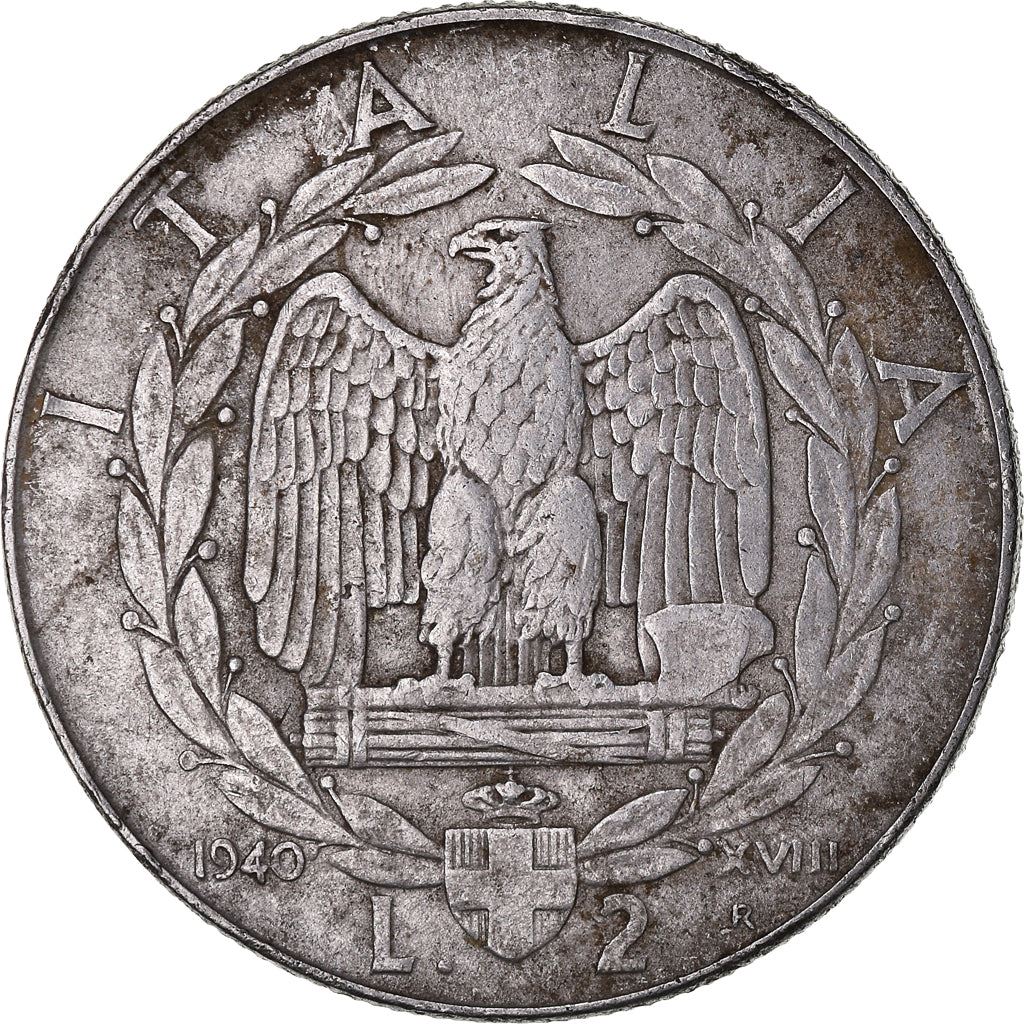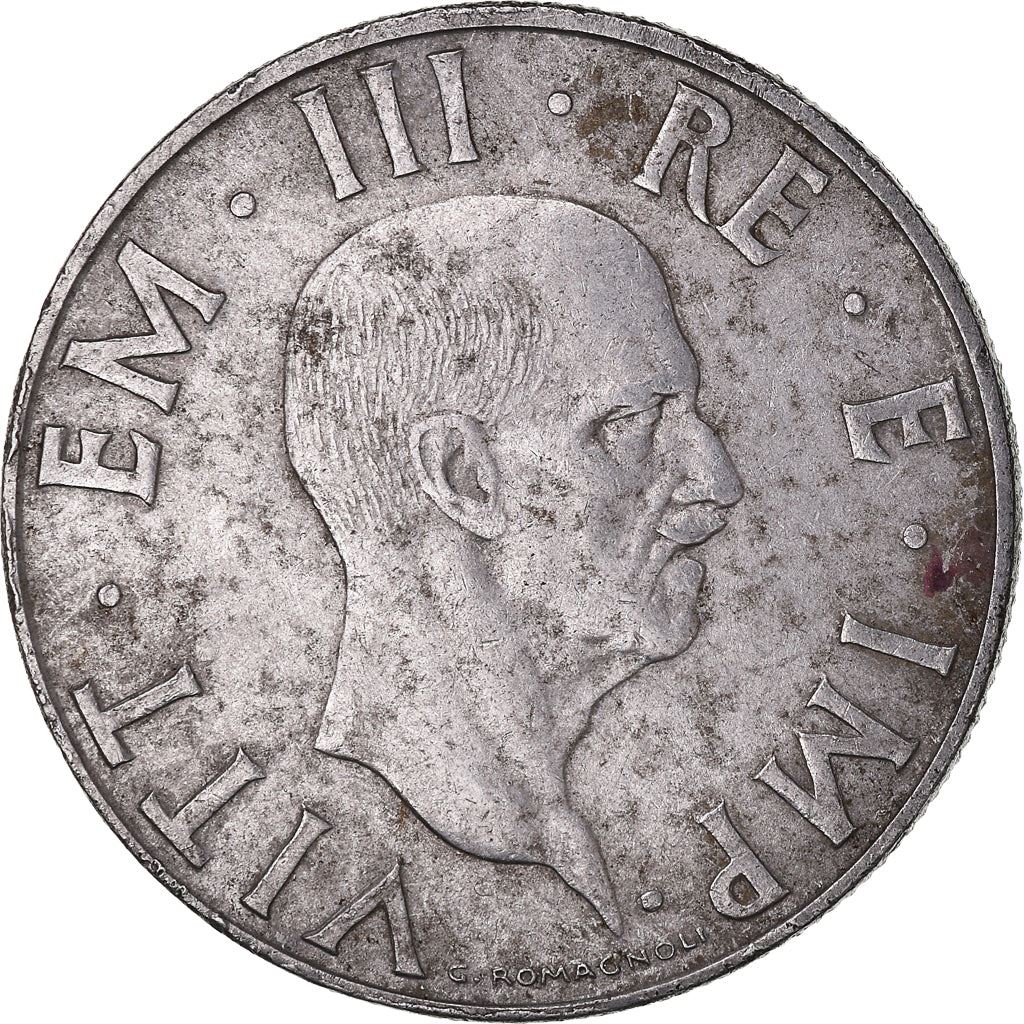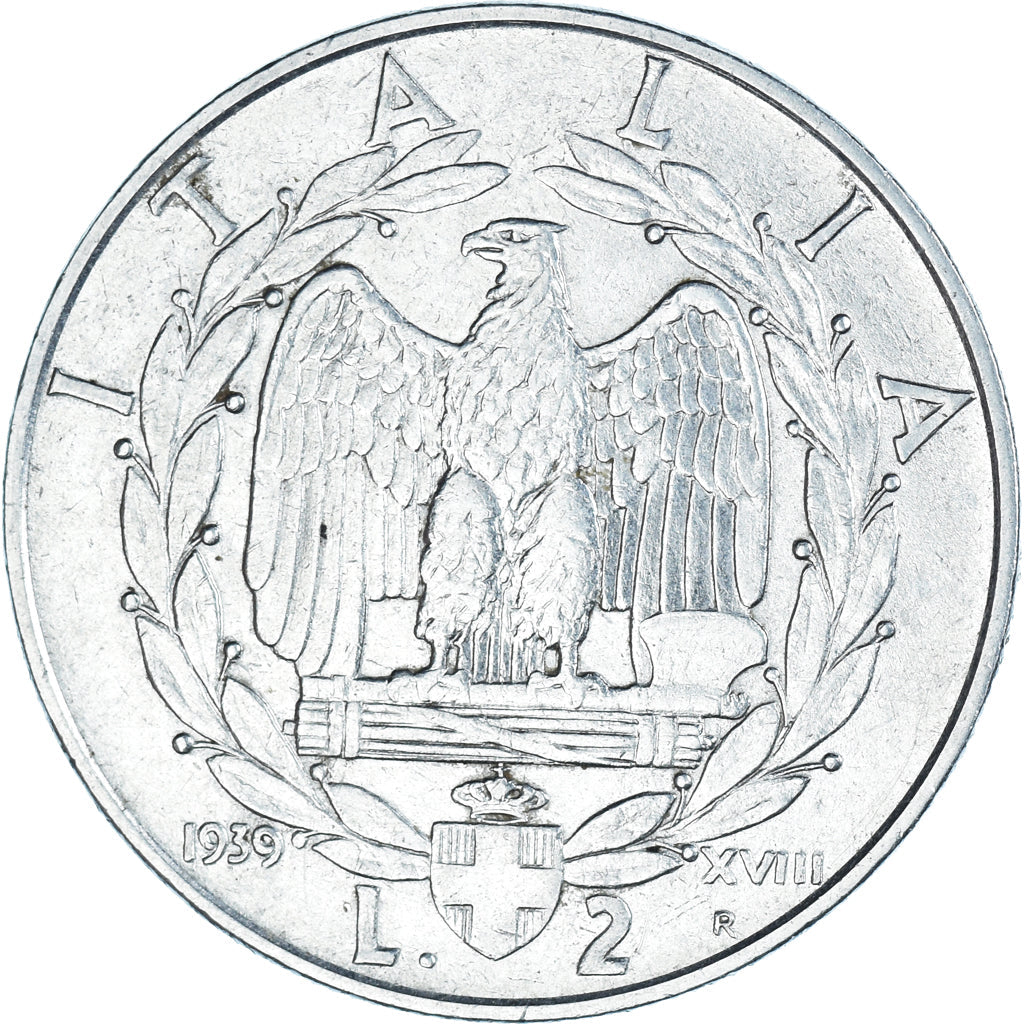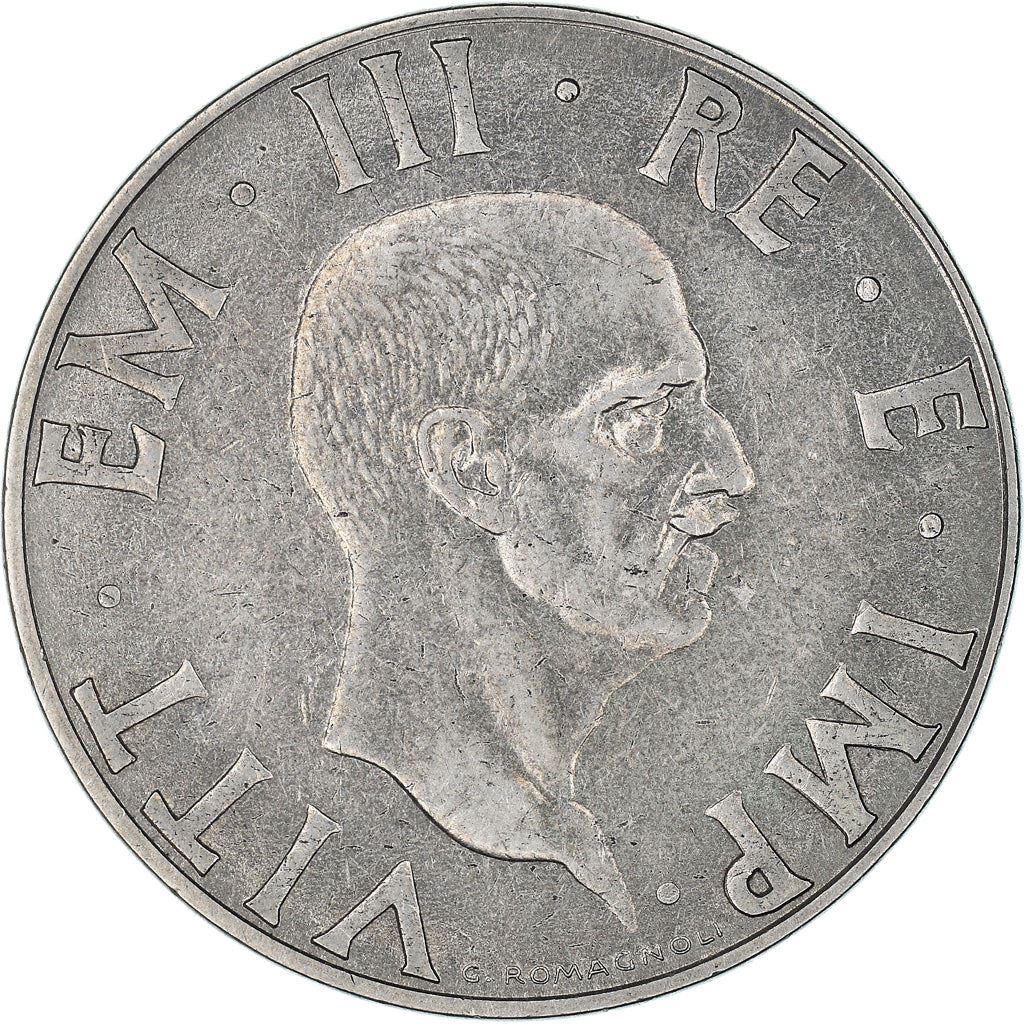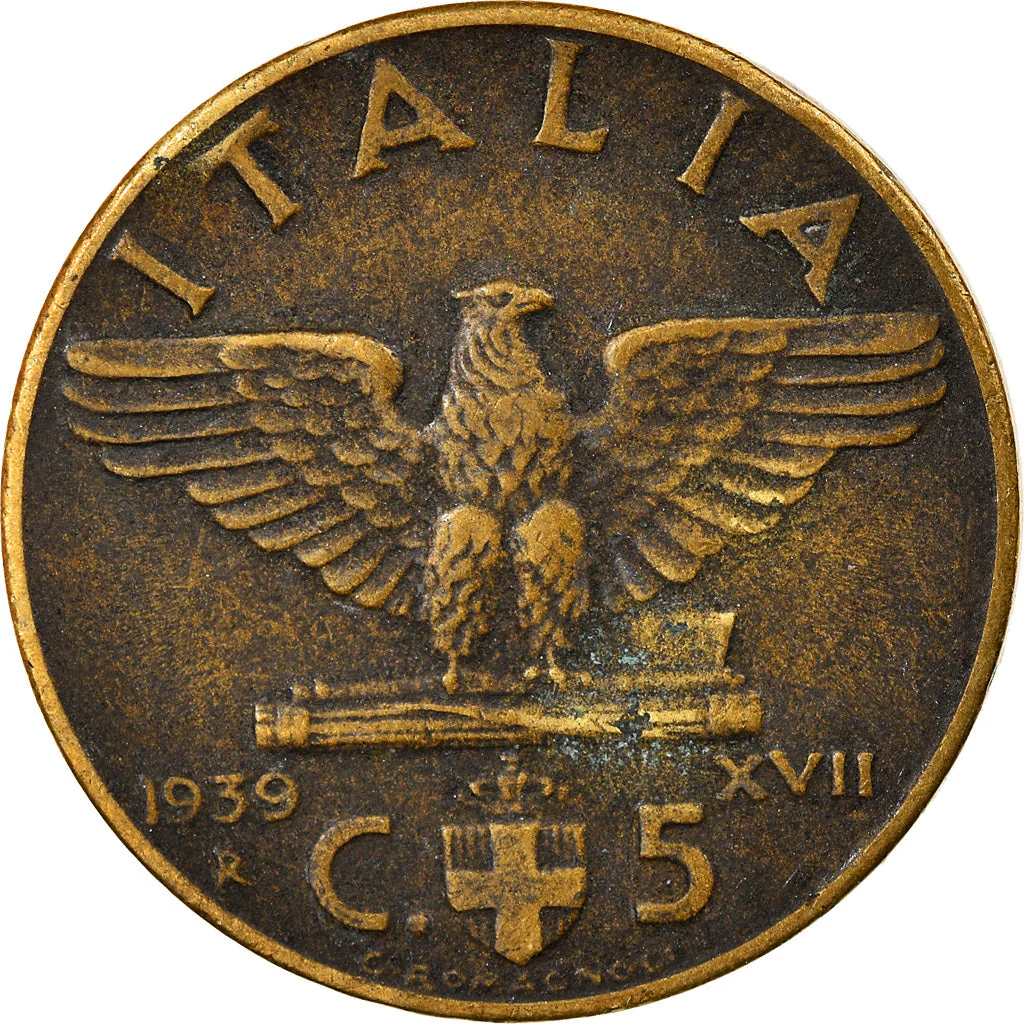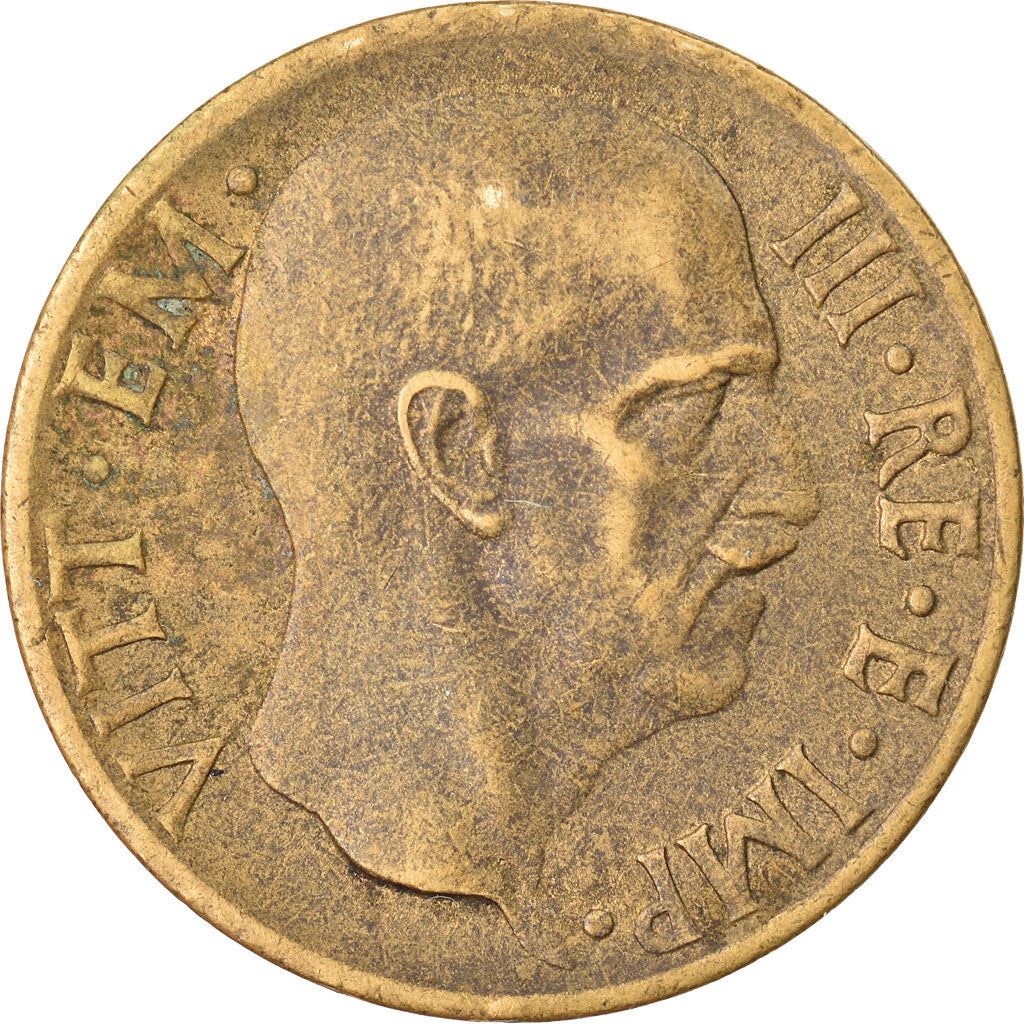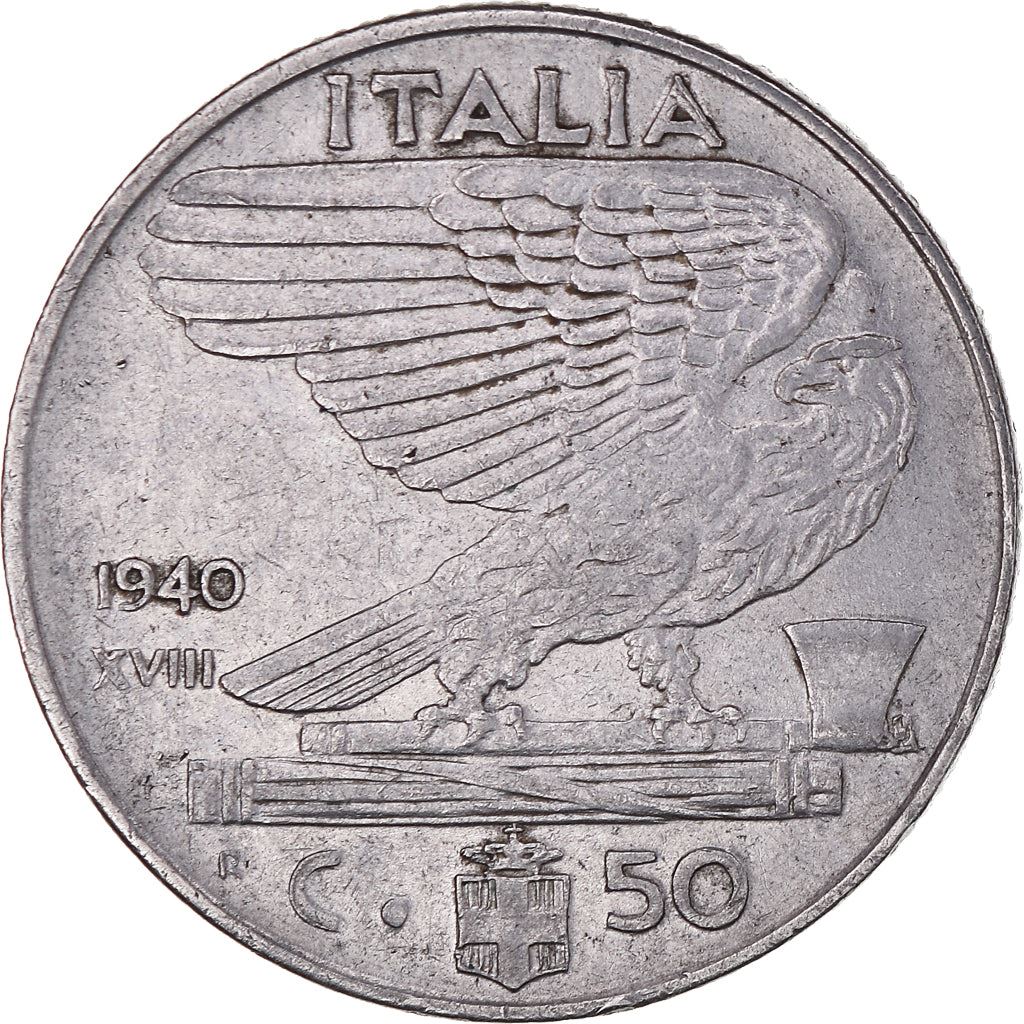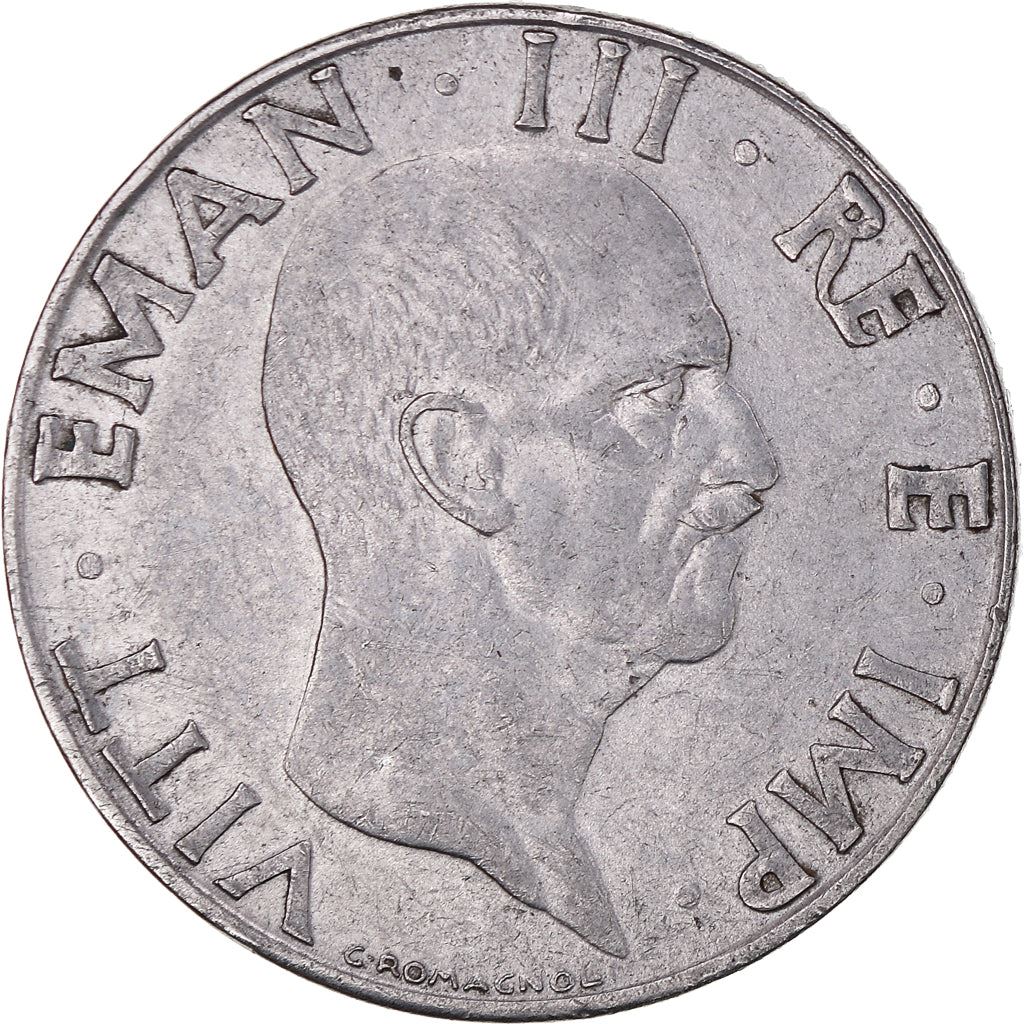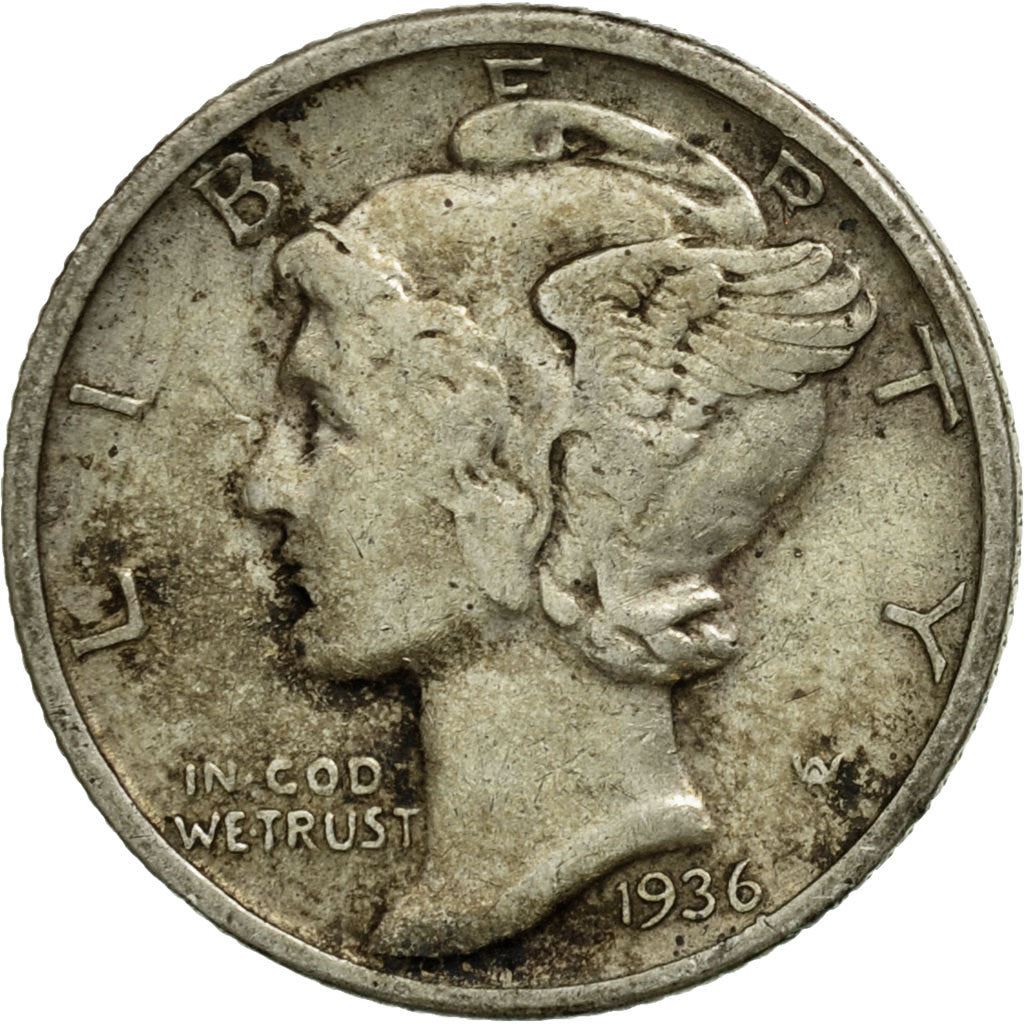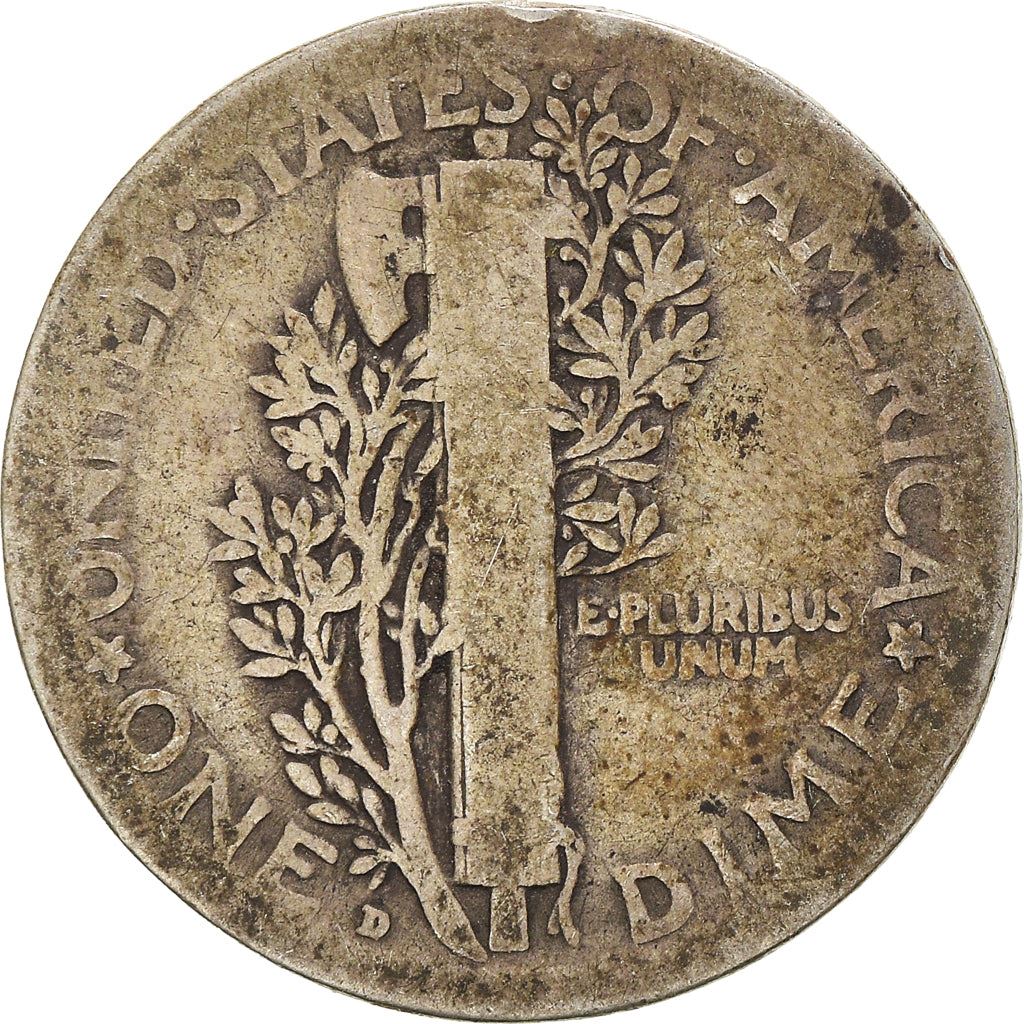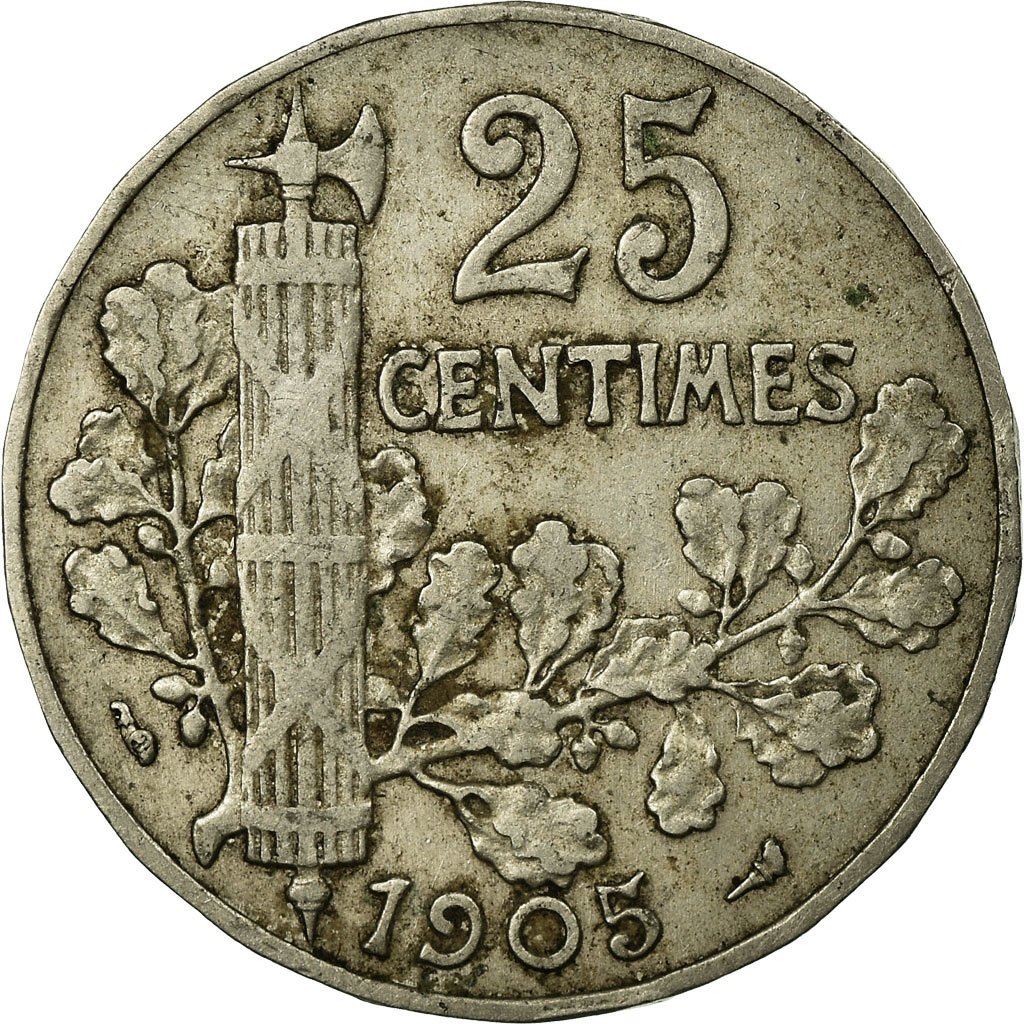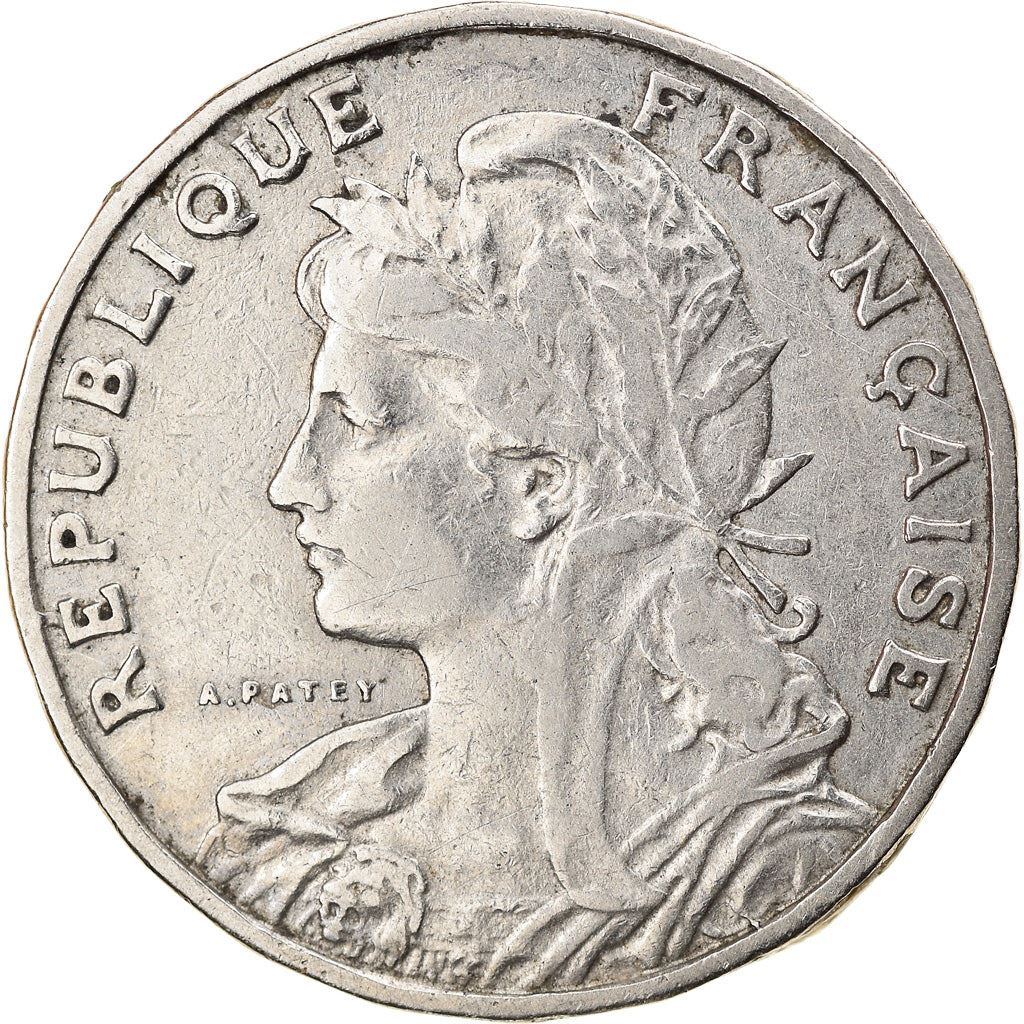Main menu
-
-
-
- Algeria (36)
- Botswana (31)
- Egypt (140)
- Ethiopia (17)
- Ghana (34)
- Kenya (52)
- Libya (7)
- Mauritius (23)
- Malawi (27)
- Morocco (39)
- Namibia (8)
- Nigeria (23)
- Tanzania (17)
- Tunisia (29)
- Sierra Leone (8)
- Seychelles (41)
- South Africa (247)
- Swaziland/Eswatini (22)
- Uganda (34)
- Zambia (24)
- Zimbabwe (15)
- Western African States (8)
-
- Afghanistan (20)
- Armenia (9)
- Azerbaijan (7)
- Bahrain (29)
- British Ceylon (0)
- China (26)
- Cyprus (44)
- Georgia (11)
- Hong Kong (62)
- Iran (26)
- Iraq (12)
- Israel (59)
- India (283)
- Indonesia (47)
- Japan (24)
- Kazakhstan (35)
- Kuwait (20)
- Lebanon (32)
- Macau (6)
- Malaysia (31)
- Maldives (20)
- Malaya and British Borneo (1)
- Nepal (85)
- North Korea (16)
- Oman (142)
- Pakistan (60)
- Philippines (89)
- Saudi Arabia (38)
- Singapore (35)
- South Korea (19)
- Sri Lanka (80)
- Syria (2)
- Taiwan (25)
- Thailand (117)
- United Arab Emirates (29)
- Vietnam (11)
- Qatar (23)
-
- Albania (28)
- Austria (49)
- Belarus (4)
- Belgium (99)
- Bulgaria (84)
- Bosnia and Herzegovina (2)
- Croatia (26)
- Czech Republic (10)
- Czechoslovakia (65)
- Estonia (13)
- Denmark (104)
- France (156)
- Finland (59)
- Germany (282)
- West Germany (13)
- East Germany (23)
- German Reich (32)
- Nazi Germany (17)
- Greece (89)
- Guernsey (45)
- Hungary (87)
- Iceland (48)
- Ireland (29)
- Italy (86)
- Jersey (56)
- Kingdom of Prussia (1)
- Poland (155)
- Latvia (23)
- Lithuania (21)
- Luxembourg (32)
- Malta (26)
- Moldova (4)
- Netherlands (74)
- North Macedonia (10)
- Norway (65)
- Portugal (52)
- Russian Federation (9)
- Russian Empire (4)
- Romania (88)
- Serbia (17)
- Sweden (97)
- Spain (141)
- Slovenia (15)
- Slovakia (9)
- Soviet Union (70)
- Switzerland (40)
- Turkey (105)
- United Kingdom (295)
- Ukraine (29)
- Yugoslavia (92)
-
- Aruba (10)
- Bahamas (18)
- Barbados (20)
- Belize (16)
- Bermuda (25)
- Cayman Islands (20)
- Canada (140)
- Cuba (59)
- Costa Rica (67)
- Dominican Republic (31)
- Eastern Caribbean States (28)
- Guatemala (3)
- Honduras (10)
- Jamaica (35)
- Mexico (80)
- Netherland Antilles (22)
- Nicaragua (50)
- Panama (60)
- Trinidad & Tobago (20)
- United States (214)
-
- Banknotes (145)
- Currency supplies (18)
- Berlin wall (1)
- Postage stamps (21)
Fasces
16 products
Showing 1 - 16 of 16 products
The Fasces is a symbol consisting of a bundle of rods tied together with an axe protruding from the center. Originating from Ancient Rome, it represents authority, power, and collective strength. The fasces has been widely used in heraldry, architecture, and notably on coins, to signify governance and the unity of power.
Historical Significance
-
Ancient Rome:
- The fasces were carried by lictors, officials who accompanied Roman magistrates. The bundle of rods symbolized the magistrate's power to administer corporal punishment, while the axe represented the authority to execute capital punishment. Together, they embodied the magistrate’s judicial and executive powers.
- The fasces symbolized the power and jurisdiction of the state, illustrating how individual strength (the rods) was bolstered by unity and order (the bundle).
Symbolism
-
Authority and Governance:
- The fasces symbolizes the collective strength and authority of the governing body. Each rod represents an individual citizen, and the bundle signifies the strength that comes from unity and cooperation.
- The axe adds an element of authority, indicating the state’s power to enforce laws and maintain order, including the power of life and death.
-
Republican Ideals:
- In the context of the Roman Republic, the fasces represented the republican ideals of shared governance and the collective power of the people and their representatives. This symbolism continued to influence later republics and democratic institutions.
Representation on Coins
-
Ancient Roman Coins:
- Roman coins often featured the fasces to symbolize the authority of the magistrates and the Senate. These coins reinforced the legitimacy of the rulers and their capacity to govern.
- For example, the denarius of the Roman Republic might display the fasces alongside other symbols of authority, such as the cap of liberty, indicating both the power and the responsibility of the governing officials.
-
Modern Coins:
- The fasces has appeared on various modern coins, especially in countries with historical ties to Roman culture or those that admire the symbolism of collective governance and authority.
- Italian Coins: During the Fascist regime in Italy under Mussolini, the fasces was prominently featured on coins and other state symbols, reflecting the regime’s emphasis on strength, unity, and centralized power. However, this association with fascism has given the symbol a controversial aspect in modern times.
- United States Coins: The fasces is depicted on the reverse side of the Mercury dime (1916-1945), representing the strength and unity of the nation. It appears alongside an olive branch, symbolizing peace, thus blending the themes of strength and harmony.
Design Elements
-
Artistic Representation:
- The fasces on coins is typically depicted as a bundle of rods bound together with an axe in the center. The design may vary slightly depending on the artistic style and the message intended by the issuer.
- The rods are often shown tightly bound, emphasizing the theme of unity and collective strength.
-
Complementary Symbols:
- Coins featuring the fasces often include other symbols of authority and governance, such as laurel wreaths, eagles, or shields. These additional elements enhance the overall message of power, order, and national unity.
Conclusion
The fasces is a potent symbol of authority, governance, and collective strength, deeply rooted in ancient Roman tradition. Its depiction on coins serves as a testament to the enduring influence of Roman ideals on modern governance and symbolism. While the fasces has been appropriated in different contexts throughout history, its core message of unity and authoritative power remains significant.
